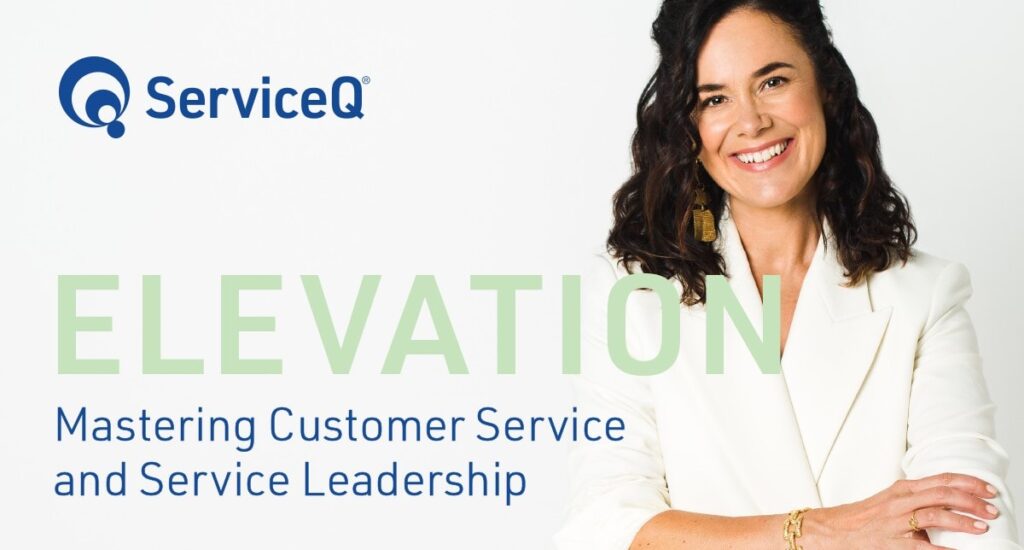Prefer to listen?
It’s time to update the service playbook.
Many leaders just like you are currently trying to figure out when to use technology and when to use human interactions in service moments.
If your service playbook doesn’t consider technology, you need to read the rest of this blog. If your service playbook only includes technology, you need to read the rest of this blog. If you don’t have a service playbook, you need to read the rest of this blog.
The purpose of a service playbook is to make your company’s service processes explicit and record them for anyone to learn. It seems simple enough, yet decisions around when to introduce technology in work interactions and when to dial up the human touch can be difficult and subjective.
See how individual service preferences can be:
- You’re seated at a café table and offered a QR code or the option for a hard-copy menu and a waiter to serve you. What do you choose?
- You have a full shopping trolley, and the option of a self-serve checkout where you can scan your own weekly groceries or a queue of three people waiting to be served by a human being. What do you choose?
- A meeting request comes through from someone in the same building as you. Do you accept the virtual meeting link or suggest a face-to-face?
Each of us have preferences about when we want technology and when we want the human touch. Typically, they have something to do with our need for efficiency, for connection or for both.
If you were to start listing future ‘plays’ for a service playbook, it might start like this:
- Play 1. Decide where the pain points are in your service ‘moments of truth’ or customer mapping.
- Play 2. Use data to make informed decisions about when customers like to use technology and when they prefer to interact with a human.
- Play 3. Be explicit about the service behaviours you expect consistently from your team members.
- Play 4. Implement training and education in soft skills to optimise the human touch in your service moments.
- Play 5. Prioritise and apply long-term plans for developing service leadership in the business to support the high-touch service moments.
Above all else, each time you consider setting an explicit process for people to learn from in service interactions, be sure, to start with the question; “What’s it for?”. Sometimes we over think service and it is far more simple than we think.
